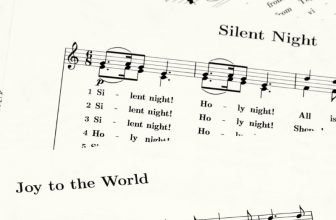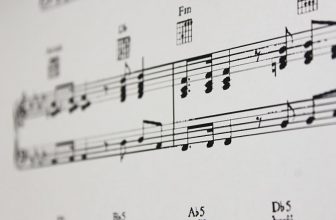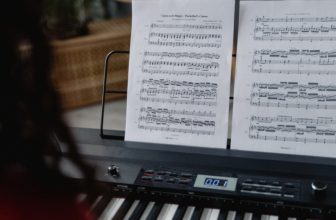Four Types of Texture in Music
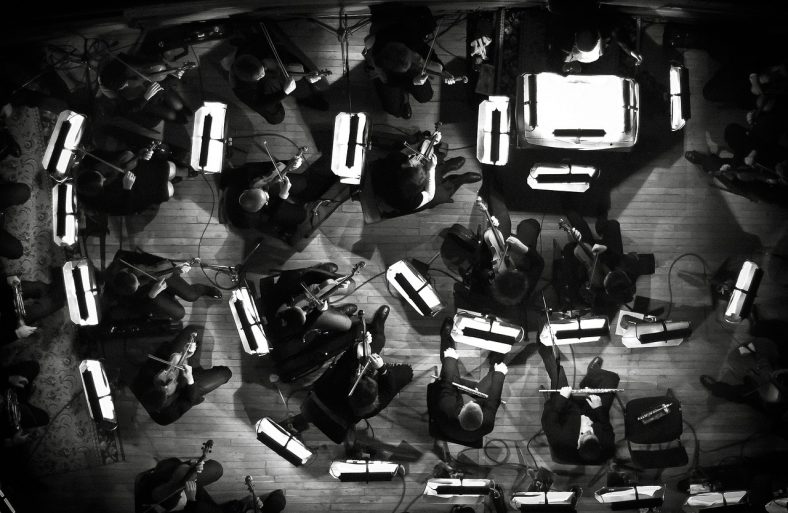
Texture in music is defined by the number of musical lines present in a piece, their density, and how all the lines interact with each other. A music piece consists of many different layers such as the tempo, rhythm, harmony, melody, and timbre.
Contents
What is Texture in Music?
The texture in music refers to the music’s overall quality and sound, giving all of these elements (tempo, harmony, melody) a role to play in it. To determine if a song’s texture is good and works, these elements need to work well with each other and result in a pleasant melody.
The words we use to describe the texture in music are thick, thin, open, and closed. For example, an open texture means the range between the highest and the lowest notes is large. In contrast, a thin texture indicates the number of instruments or melodies is low.
Main Types Of Musical Textures
However, there are technical terms to describe the texture in music that we are going to explain in this section. The main types can be examined in 4 categories.
1. Monophony
The most basic musical texture is Monophony. It consists of only one single melody line without any harmonic accompaniment. It is the music you create while you sing in the shower, for example.
“Mono” means “single, one,” while “phon” means “sound” in ancient Greek. So, it means “single sound,” a straightforward term to understand.
Most kid songs, folk songs, along with some classical music created for one instrument like Bach’s Cello Suites, have monophonic textures. Plus, the monophonic texture is used occasionally in some parts of modern-day popular songs. You can hear it when the instruments all play the same melody line or when every instrument stops and the vocal or a single instrument carries on with the melody.
2. Polyphony
The next musical texture is polyphony, in which multiple melody lines co-occur. “Poly” means “many” in Ancient Greek, so polyphony consists of multiple separate melodies that come together in the rules of harmony.
Polyphonic music was quite popular in the days of the Renaissance and Baroque eras. When you look at the works of Bach and Vivaldi, you notice that they used the counterpoint technique. That means they play two different melody lines with different rhythms and bind them in a harmonic relationship.
Also, the canon songs are great examples of polyphony as two or more people sing or play the same melody beginning at different times.
3. Homophony
The most common musical texture used in today’s music is homophony. The main melody is harmonically supported by additional melody lines. So, homophony is created by different instruments playing multiple different notes based on the same melody.
So when you listen to somebody playing guitar and singing on top, actually you are listening to a homophonic song. It is like the monophonic texture but with harmonies and accompaniments added to the melody by other instruments.
That is why this is the most common texture type in western music. Most popular songs today use this texture as they consist of a vocalist singing a melody accompanied by instruments such as guitar, piano, or any other.
4. Heterophony
The last musical texture is called Heterophony. Heterophonic music occurs when two or more different variations of the same melody are played simultaneously. Generally, the melody lines feature slightly different rhythmic patterns and/or different amounts of notes as decorations.
You can think of Heterophony as two monophonic melodies coming together and adding their embellishments to the melody. It is the music of multiple lines but each with the same structure.
Heterophony is not common in western music, but it can be found often in eastern cultures. It is mainly found in traditional and folk music.
The use of Multiple Textures
It is very common nowadays for artists to use multiple textures when composing a song. As music keeps progressing, we keep seeing new styles and improvements of all sorts. Multiple textures within a song is one of them.
Multiple textures are used when an artists or musician want to bring forth a change of pace or contrast to the piece of music. When changing textures, the listener feels these changes and can be hooked in even more. Today, the more interesting song, the better it will perform.
A great example of multiple textures is acapella. Like many songs on the internet, acapella versions are done in groups for a more melodious sound.
Naturally, one singer starts the song off – Monophonic texture, and gradually others join in, adding harmonies or percussion-like sounds to the melody itself – Homophonic and Homorhythmic texture.
The reason why different texture works in this setting is that the song has much more feel to it when it comes from just vocals. With harmonies and percussive sounds added, acapella versions are very pleasant for the ear and catchy.
What Is The Importance Of Knowing Texture In Music?
The texture is a vital element of music as it is the music’s surface appearance. It is about the feeling of the sonic fabric the musician weaved.
So, a song with multiple vocals singing close harmonies would feel tight, while the same song supported by a large orchestra would feel thick and rich. To be more precise, each instrument or melody line, along with the way they connect with the main melody, contributes to the overall density or texture of the music. This is how the “soundscape” (think of it as a landscape but with sounds) is created.
So knowing about textures will widen your perspective on music and will allow you to build different feelings and soundscapes by varying the sound and instruments layers. Realizing how the texture is manipulated through the verses to chorus or beginning to end to emphasize different feelings in songs will help you with your own compositions and progress as a musician.
How To Improve Musical Performance With Texture?
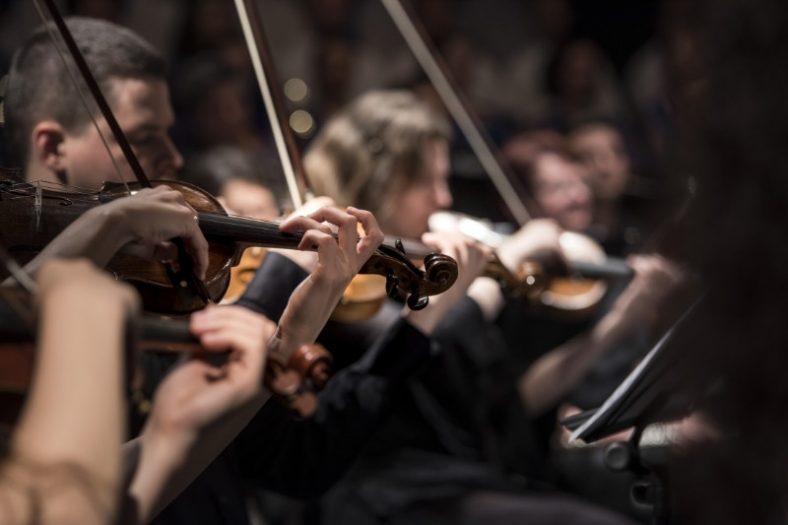
As mentioned before, texture changes throughout every song. It is a dynamic process constantly flowing to create movement and interest in the song.
An easier way to work with texture is to imagine each instrument as a character. The characters interact with each other every moment to create the musical texture. They can be saying the same things or complementing or contrasting each other with their rhythm, intensity, and pitch.
Furthermore, it is also important which instruments or characters in this analogy play the starring roles and which ones play the supporting roles. And also how the characters relate to each other.
The dynamic process of these characters acting and interacting with each other in a period creates the story. So to keep the song exciting and interesting, musicians have to keep the story or, in other terms, the changes in the musical texture, attractive.
So, in short, as a musician, you have to find ways with the musical texture to improve your overall musical performance. You can try to change the texture by adding or removing instrument layers from the song to achieve different feelings.
Alternatively, you can change the texture by playing in different ways, louder or softer, for example. And finally, you can alter the way different melodies connect wşth each other to emphasize different feelings or instruments.
Final Thoughts
The musical texture is one of the most important elements of music. It is often underestimated and does not receive enough interest from musicians, which is a shame.
None of the elements of music can work isolated from one another. All of the elements help each other, making the song memorable and unique. The texture is located in the middle of this process as it depends on all of the elements and how they are used.
One of the most important yet overlooked aspects of music is texture. In order to create dynamic arrangements with the perfect balance, producers need to understand this concept fully.
Often beginner musicians create songs with too much or too little going on, which makes the listener feel overwhelmed or underwhelmed. As musical texture indicates how different sounds and melodies are organized, this problem can be solved by learning more about texture in music.
That is why it is a crucial paradigm in music and should be studied well to create engaging and exciting songs.


